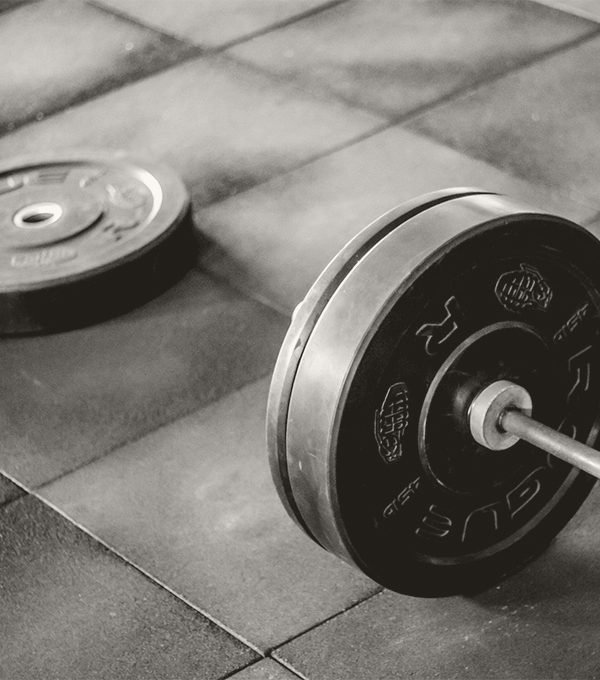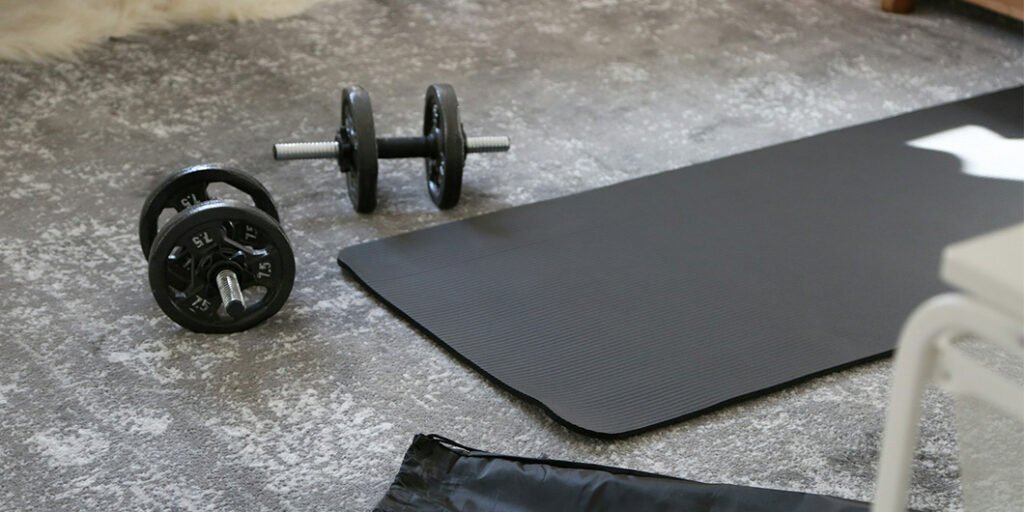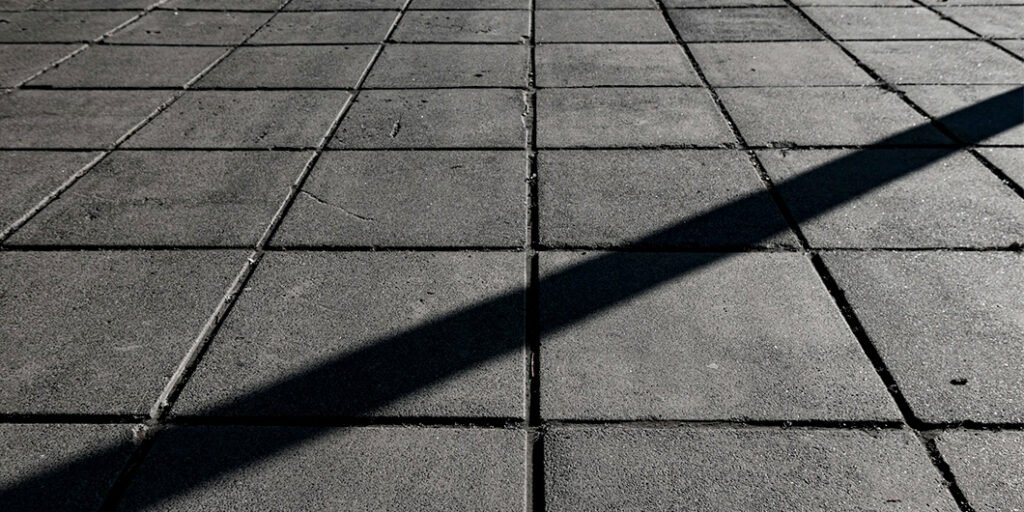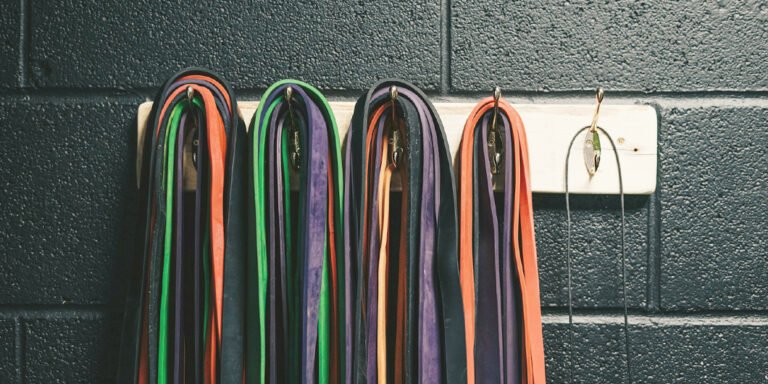
Whether you’re lifting weights, practicing yoga, or performing high-impact cardio, the flooring you choose can make or break your experience. In this guide, we’ll walk you through everything you need to know about selecting the best home gym flooring. We’ll also discuss the benefits of workout mats for home gyms and how to maintain your flooring for the long haul.
The Ultimate Guide to Home Gym Flooring: Choosing the Right Foundation for Your Workouts
Table of Contents
ToggleNew Posts
When setting up a home gym, people often focus on equipment like dumbbells, treadmills, or resistance bands. However, one of the most important but often overlooked aspects of your gym setup is the flooring. The right home gym flooring not only protects your floors but also improves comfort, safety, and performance during your workouts.
Why Is Home Gym Flooring So Important?
Home gym flooring plays a crucial role in your workout setup. It’s not just about aesthetics—it’s about function, safety, and durability. Without the right flooring, your equipment can damage the surface underneath, and you might find yourself slipping or feeling uncomfortable during workouts.
Here’s why choosing the best home gym flooring matters:
- Protects Your Floors: If you have hardwood, tile, or carpeted floors, heavy weights or high-impact movements can cause damage. Proper flooring acts as a protective barrier.
- Improves Safety: Slip-resistant surfaces reduce the risk of injuries, especially during dynamic exercises like jumping or stretching.
- Enhances Comfort: Standing, sitting, or lying on the right surface can minimize discomfort and reduce strain on your joints.
- Reduces Noise and Vibration: Flooring designed for home gyms can absorb impact and reduce noise, which is especially helpful if you live in an apartment or have neighbors nearby.
Types of Home Gym Flooring: What Are Your Options?
When shopping for the best home gym flooring, it’s important to understand the different types available. Each type has its pros and cons, so the best choice depends on your workout style, equipment, and budget.
1. Rubber Flooring
Rubber is one of the most popular choices for home gyms, and for good reason. It’s durable, easy to maintain, and provides excellent shock absorption. Rubber flooring is great for heavy equipment like weight racks, barbells, or stationary bikes.
- Pros: Extremely durable, non-slip, absorbs impact, reduces noise, and is water-resistant.
- Cons: Can be heavy and difficult to install if you’re covering a large area.
Pro Tip: Rubber tiles are easier to install and customize for small spaces, while rubber rolls are better for larger areas.
2. Foam Flooring
Foam tiles are lightweight, affordable, and provide great cushioning. They’re ideal for low-impact workouts like yoga, Pilates, or stretching. Foam flooring is often interlocking, making it easy to install and remove.
- Pros: Lightweight, comfortable, affordable, and easy to install.
- Cons: Not as durable as rubber and can dent easily under heavy equipment.
Pro Tip: Look for high-density foam if you want a balance between cushioning and durability.
3. PVC or Vinyl Flooring
PVC and vinyl are popular for creating a clean and professional look in home gyms. These materials are waterproof, easy to clean, and durable enough for most workouts.
- Pros: Stylish, water-resistant, and great for cardio or weightlifting.
- Cons: Not as soft or forgiving as rubber or foam.
4. Carpet Tiles
If you’re converting a room with carpet into a gym, carpet tiles can be a great option. They offer a soft surface for bodyweight exercises and stretching. However, they aren’t ideal for heavy weights or equipment, as they don’t provide as much protection.
- Pros: Soft surface, easy to install, and can be replaced tile by tile.
- Cons: Harder to clean and not suitable for high-impact activities.
5. Cork Flooring
Cork is a sustainable and eco-friendly option for home gym flooring. It provides a soft, cushioned surface that works well for yoga, Pilates, or light cardio.
- Pros: Eco-friendly, soft underfoot, and reduces noise.
- Cons: Not suitable for heavy equipment or intense workouts.
Pro Tip: If you opt for cork, ensure it’s sealed to make it more resistant to water and wear.

Best Home Gym Floor Mats
Floor mats are a great alternative for those who don’t want to cover an entire room. They’re portable, easy to store, and perfect for creating a designated workout area in your home. Here are some of the best workout mats for home gyms:
1. Yoga Mats
Yoga mats are perfect for stretching, yoga, or Pilates. They’re lightweight, easy to roll up, and provide just enough cushioning for floor exercises.
Pro Tip: Choose a mat with a non-slip surface to ensure stability during your workouts.
2. Heavy-Duty Rubber Mats
Rubber mats are ideal for strength training or equipment areas. They can handle heavy weights without denting or tearing and provide excellent grip for exercises.
3. Puzzle Mats
Interlocking puzzle mats are versatile and easy to assemble. You can customize the size and layout based on your space, and they work well for both bodyweight exercises and light equipment.
Pro Tip: Opt for thicker puzzle mats (at least ¾ inch) for better shock absorption during high-impact workouts.
4. Treadmill Mats
If you have cardio equipment like a treadmill or stationary bike, a specialized mat can help protect your floors and reduce noise. These mats are usually made of rubber or PVC and are designed to handle the weight of heavy equipment.
How to Choose the Best Home Gym Flooring for Your Needs?
Selecting the right home gym flooring depends on a few key factors. Here’s what to keep in mind:
1. Workout Type
Think about the types of exercises you’ll be doing. For example, if you’re lifting heavy weights, rubber flooring is the best option. If you’re doing yoga or stretching, foam or cork flooring will work well.
2. Space
The size of your workout area matters. If you’re covering an entire room, consider rubber rolls or interlocking tiles. For small spaces, a high-quality mat may be all you need.
3. Equipment
Heavy equipment like treadmills or squat racks requires durable flooring that can handle the weight. Rubber or PVC flooring is ideal in this case.
4. Ease of Installation
Some types of flooring, like interlocking tiles, are easy to install yourself. Others, like rubber rolls, may require professional help.

Maintaining Your Home Gym Flooring
To keep your home gym flooring in top condition, follow these maintenance tips:
- Clean Regularly: Sweep or vacuum your gym floor to remove dirt and debris. For rubber or PVC floors, use a damp mop with a mild cleaning solution.
- Protect Against Moisture: If your gym is in a basement or garage, consider using a dehumidifier to reduce moisture and prevent damage.
- Inspect for Wear and Tear: Check for cracks, dents, or uneven surfaces, and replace damaged tiles or mats as needed.
Pro Tip: Avoid wearing outdoor shoes in your home gym to keep the flooring clean and free of dirt or grit.
Common Questions About Home Gym Flooring
Q: What is the best home gym flooring for weightlifting?
A: Rubber flooring is the best choice for weightlifting. It’s durable, absorbs shock, and protects both your floors and your equipment.
Q: Can I use regular mats for my home gym?
A: Regular mats may work for low-impact activities, but they often lack the durability and cushioning needed for high-impact workouts or heavy equipment.
Q: Is foam flooring good for high-impact exercises?
A: Foam flooring can work for bodyweight exercises, but for high-impact activities, thicker rubber or PVC flooring is a better option.
Final Thoughts: Choosing the Right Flooring for Your Home Gym
The right home gym flooring sets the foundation for your workouts. It keeps you safe, protects your space, and enhances your overall exercise experience. Whether you go with rubber, foam, vinyl, or a simple workout mat, make sure it aligns with your fitness goals and the type of exercises you’ll be doing.
What’s your top priority when choosing home gym flooring: durability, comfort, or something else?
New Posts
Related Posts
KEEP IN TOUCH.
SUBSCRIBE TO GET
THE LATEST
NEWS & UPDATES














